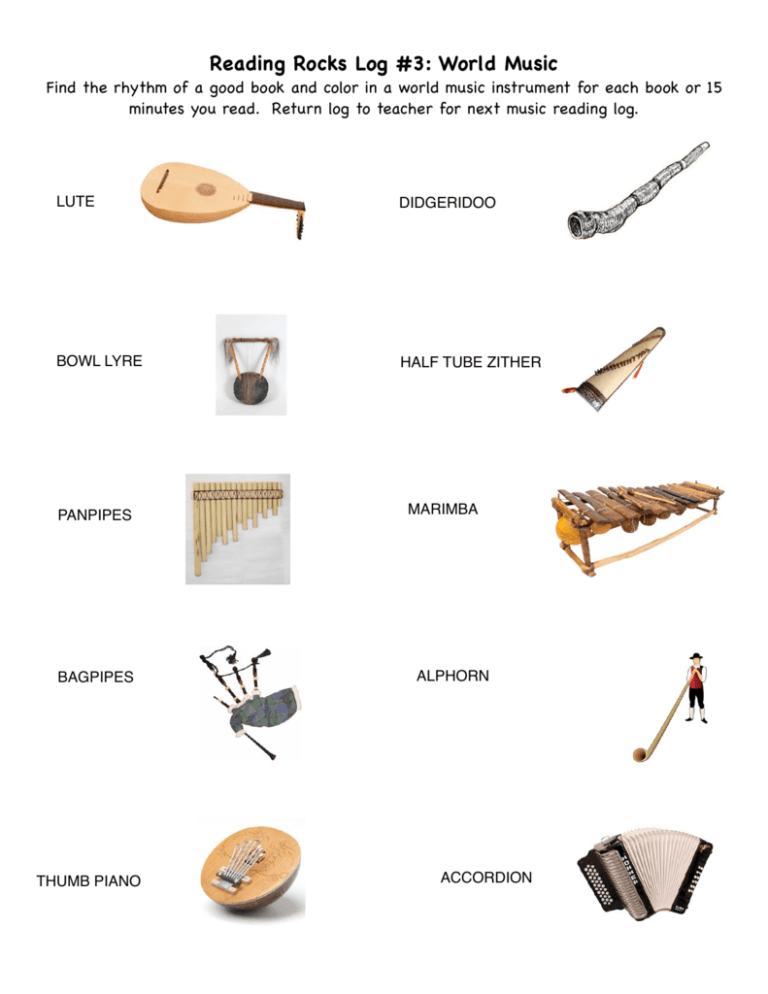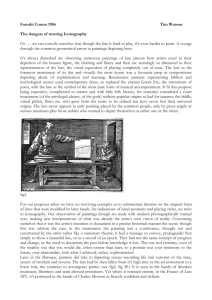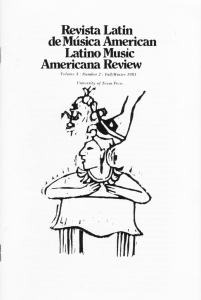reading-log-3-world - Capitol Hill Cluster School
advertisement

Reading Rocks Log #3: World Music Find the rhythm of a good book and color in a world music instrument for each book or 15 minutes you read. Return log to teacher for next music reading log. LUTE DIDGERIDOO BOWL LYRE HALF TUBE ZITHER PANPIPES BAGPIPES THUMB PIANO MARIMBA ALPHORN ACCORDION Reading Rocks Log #3: World Music Student Name:___________________ ! Teacher:________________________ Capitol Hill Cluster School Winter Reading Incentive Program Dec 2014-March 2015 Read to the BEAT of a great book... and read your way from one music genre to the next. Reading logs in order: #1 Pop Radio #2 Classical #3 World Music #4 Blues #5 Rock and Roll #6 Motown #7Country & Folk #8 Jazz #9 Hip Hop World Music Instruments • LUTE - any pear-shaped, plucked string instrument with a neck and a deep, round back; the lute is the descendent of the Arabic oud, which traveled into Europe during the time of the Crusades. The modern Near-Eastern oud is played in Greece, Turkey, Afghanistan and most Arabic countries. • DIDGERIDOO - a wind instrument that was developed by indigenous Australians of northern Australia around 1,500 years ago and is used not only in Australia but other parts of the world. It is sometimes described as a natural wooden trumpet. • BOWL LYRE - The lyre is a string instrument that is best known for its use in Greek classical antiquity. The strings are attached to a yoke which lies in the same plane as the sound-table. In Uganda, the Kiganda bowl lyre is called an “endongo” and is the national instrument. The face of the bowl is covered with the skin of a monitor lizard or ant lizard. • HALF-TUBE ZITHER - Known as “zheng” in China, this zither has 18 or more strings that are plucked by picks made from the shells of a Hawksbill turtle. While the strings were once made of silk, today they are almost always metal-nylon. One usually plucks with the right hand with four picks attached to the fingers although advanced players may use picks attached to both hands. • PANPIPES - Known as the national instrument of Ecuador, the “rondador” is a set of chorded cane panpipes that produces two tones simultaneously. The pieces of cane are placed side by side in order of size. One plays by blowing across the top of the instrument. • MARIMBA - a common percussion instrument originating in Mexico, the marimba consists of a set of wooden bars struck with mallets to produce musical tones. Resonators attached to the bars amplify their sound. • BAGPIPES - In the “aerophone” class of musical instruments, bagpipes use enclosed reeds that are fed from a constant reservoir of air in the form of a bag. While most Americans are familiar with the Scottish and Irish bagpipes, although bagpipes have been and continue to be played throughout much of Europe, Turkey, the Caucasus, Persian Gulf and Northern Africa. • ALPHORN - An alphorn is a long wooden horn that was originally used for communication in Switzerland and other mountainous regions of Europe. It is carved from a solid piece of soft wood, often spruce or pine, and has a conical-shaped bore. • THUMB PIANO (mbira) - The national instrument of Zimbabwe, the mbira (thumb piano) is an African musical instrument made of a wooden board with attached staggered metal tines played by holding the instrument in the hands and plucking the the tines with the thumbs. • ACCORDION - The accordion is in a family of box-shaped musical instruments and is played by compressing or expanding the bellows while pressing buttons or keys, causing valves to open, which allow air to flow across strips of brass or steel, called reeds, that vibrate to produce sound inside the body. It is widely spread across the world from Brazil, Colombia and Mexico to North America and Europe.









